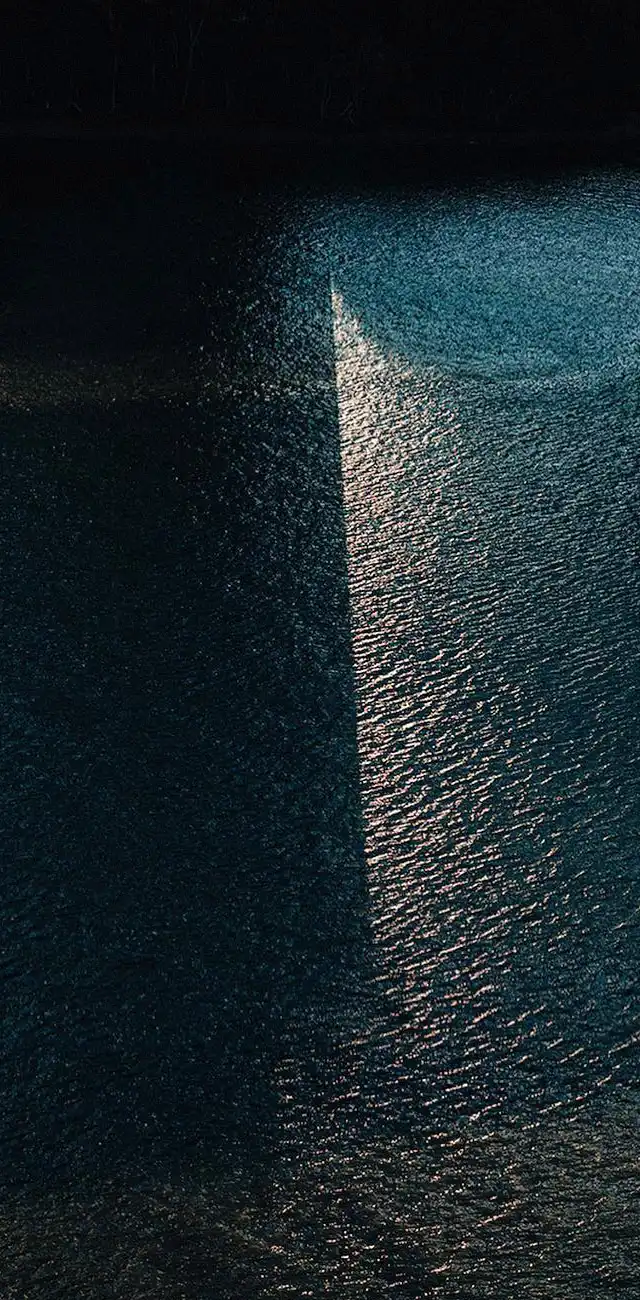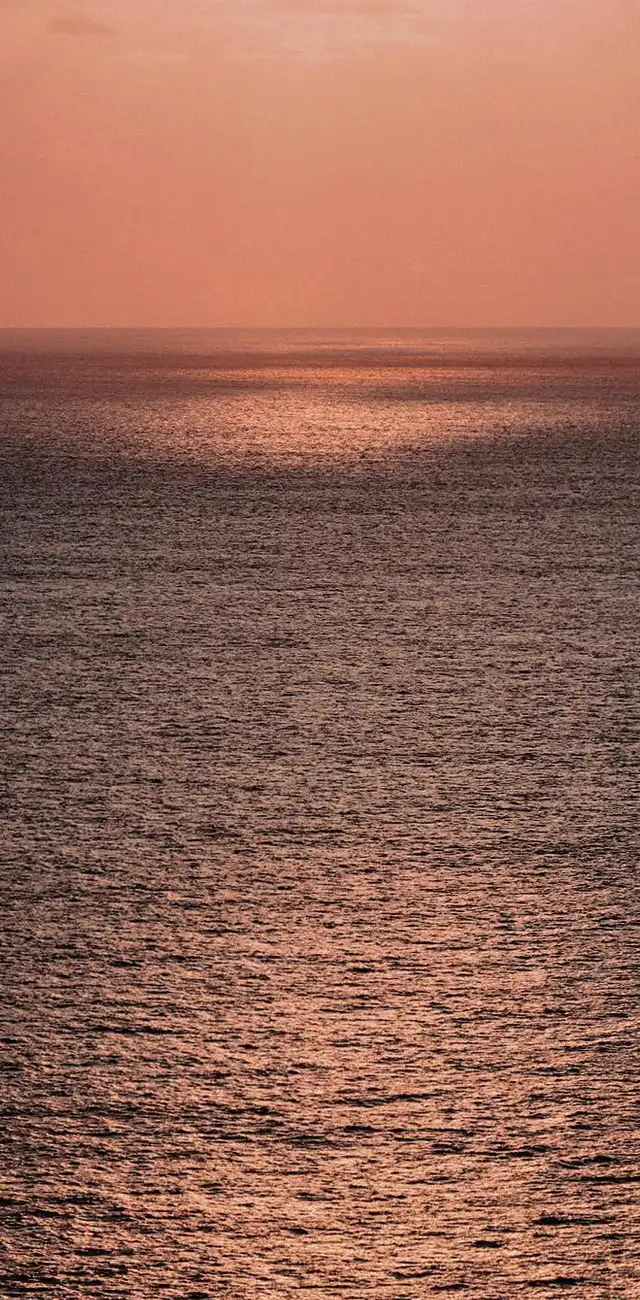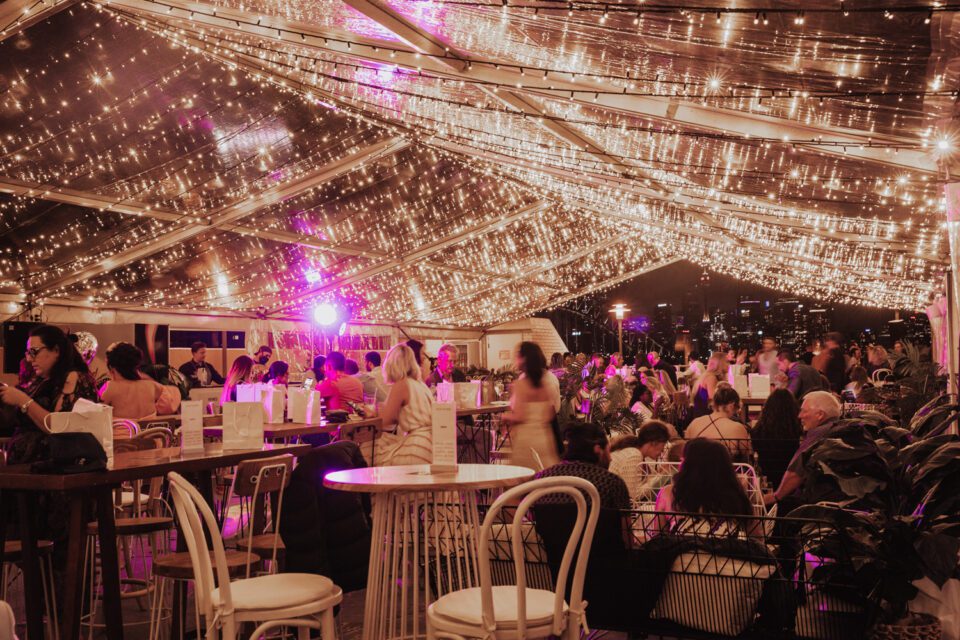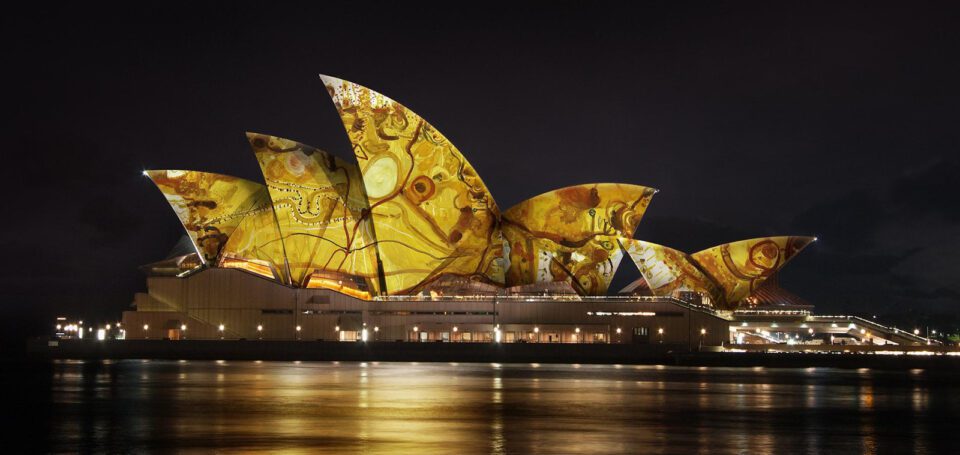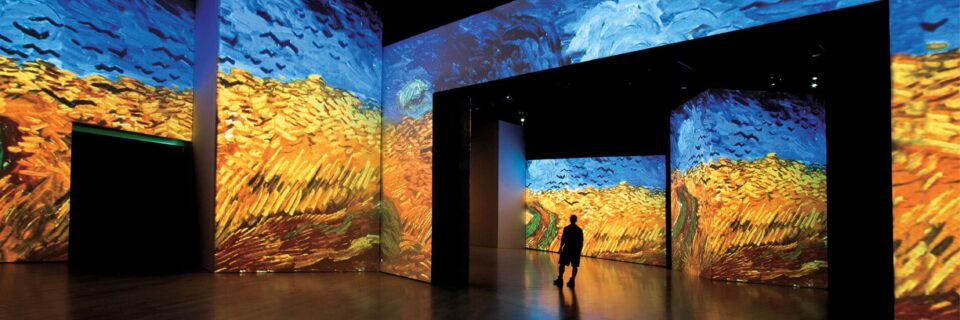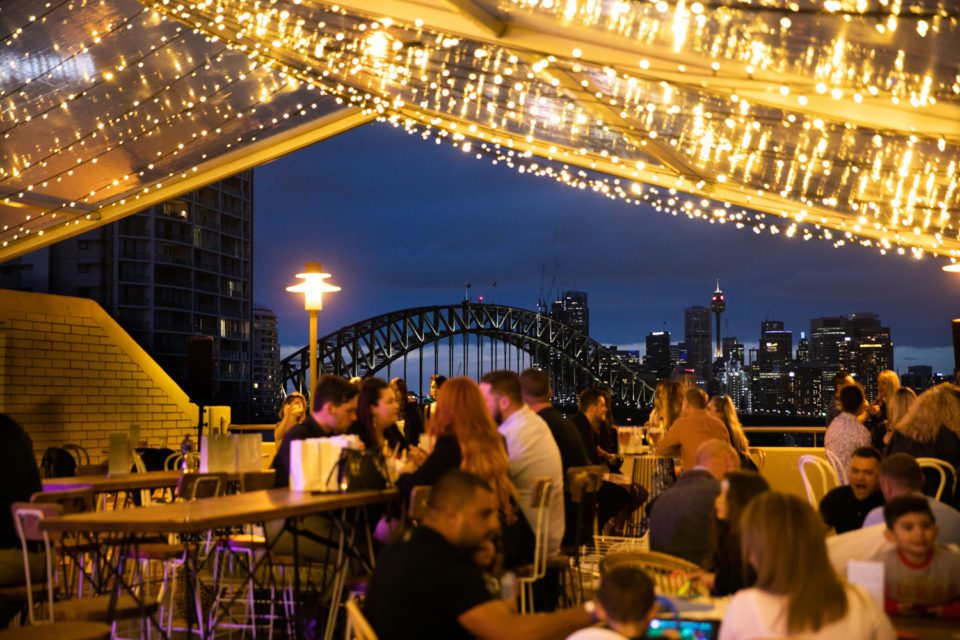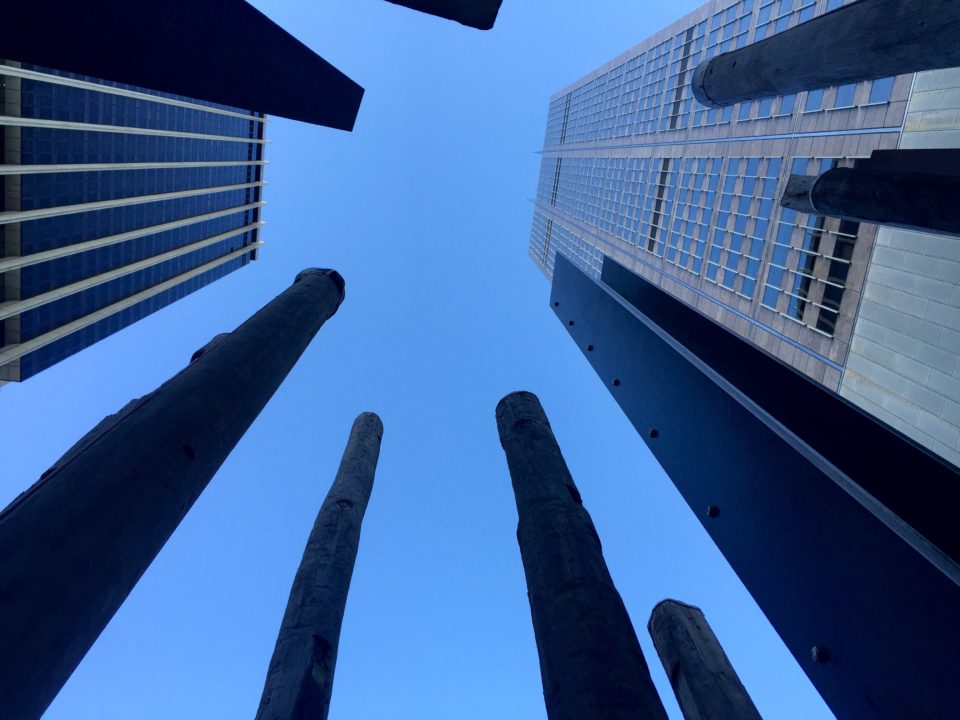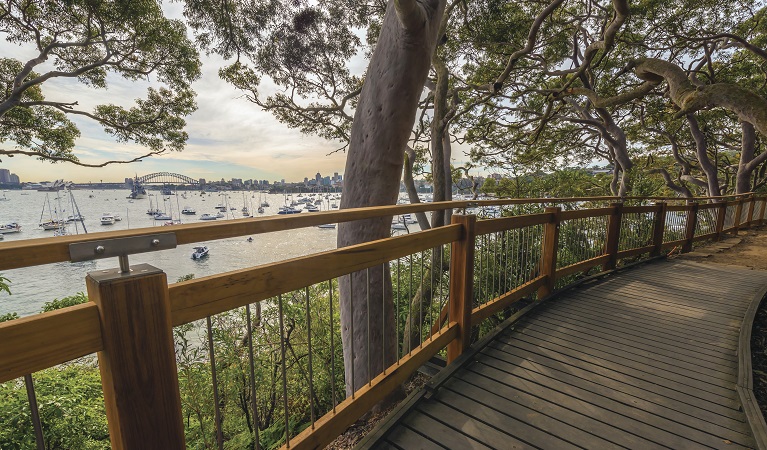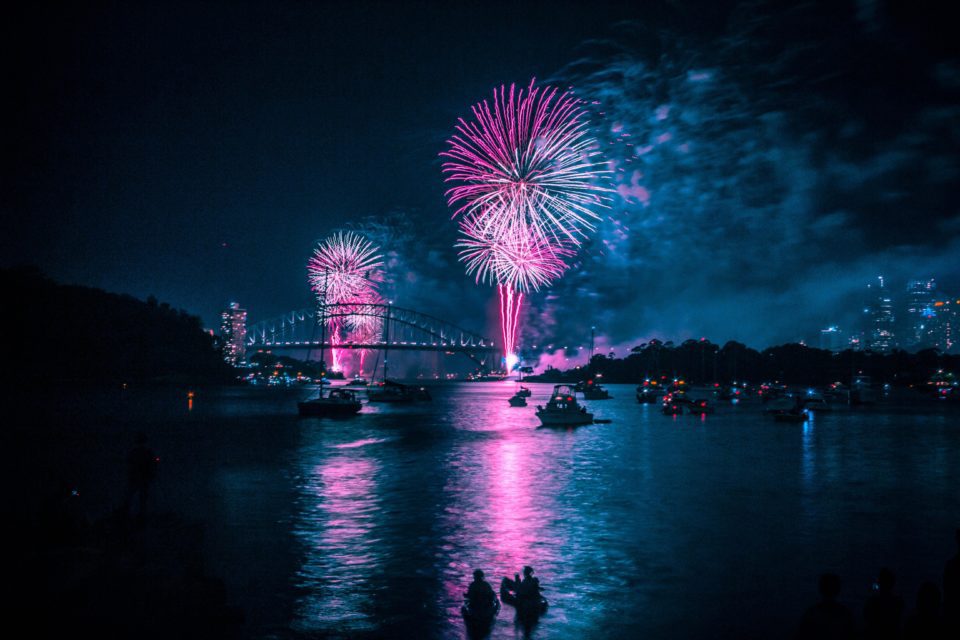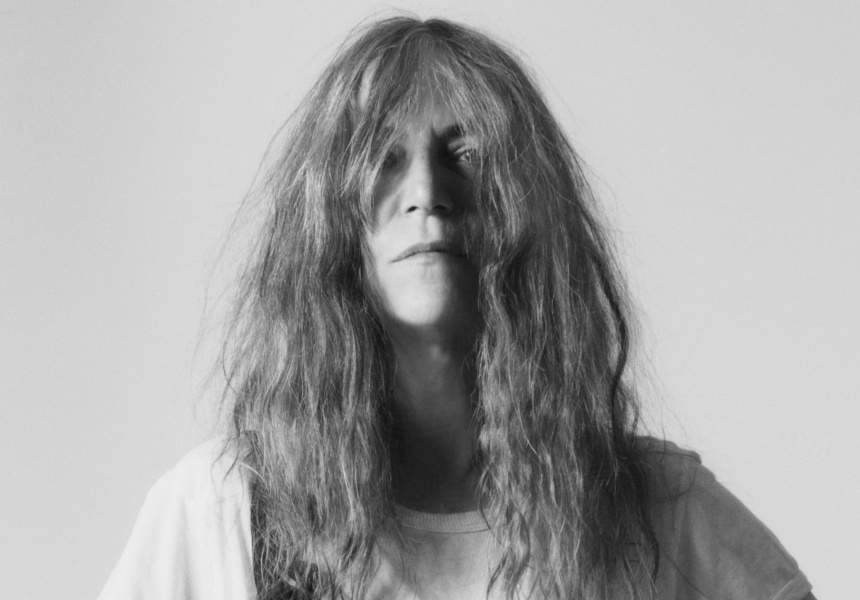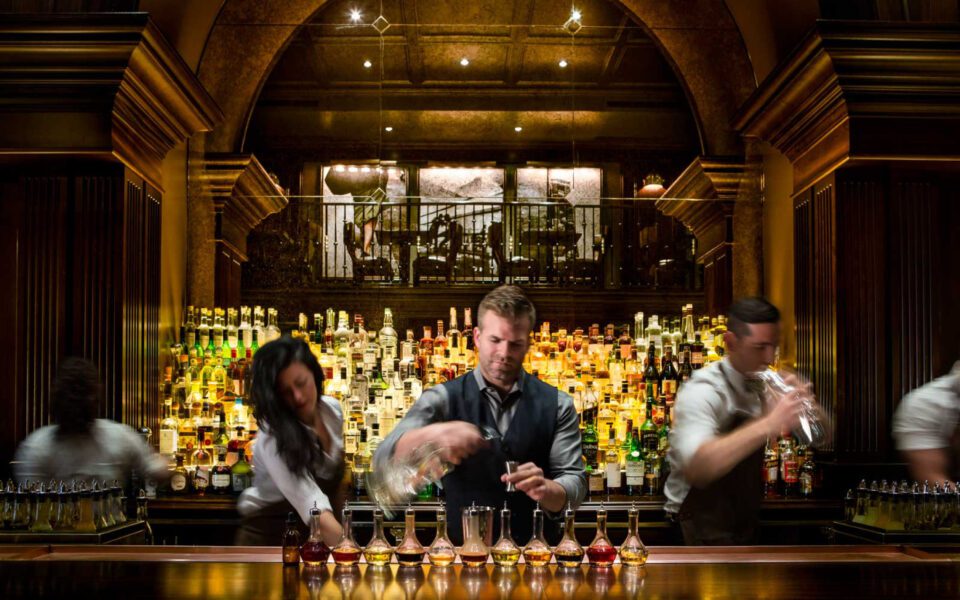Select Your Dates
The Sydney Harbour Bridge
Local Events
6th May 2024

Early History
The history of The Sydney Harbour Bridge is more turbulent than you think. The need to connect both sides of Sydney Harbour was first identified in 1815 by architect Francis Greenway. At this time, Europeans were first beginning to settle into the area around the harbour. The harbour’s geographic location was attractive to them for sheltering ships from offshore storms. Before they arrived, the area was inhabited by the Eora people who favored the region for its fertile farmland.
Subsequent Attempts
Nearly 40 years after the first design proposal, engineer Peter Henderson laid the foundation to build a cast-iron bridge spanning from Dawes Point to Milsons Point. This proposal failed to come to fruition much like the other attempts during the late 19th century. Building a 52,800 tonne bridge was going to take more than a wrench and a hammer. Technology was not advanced enough until the early 20th century to complete the project. World War I sparked a technological boom that enabled the bridge plan to finalize in the early 20th Century. At the turn of the century, Dr. Bradfield came on board, forever changing Australia’s identity.
Bradfield’s Impact on Sydney’s Skyline
In 1912, Dr. John Bradfield was hired as the chief engineer for Sydney Harbour Bridge and Metropolitan Railway Construction. His first proposal was to engineer a cantilever bridge that spanned from Dawes Point to Milsons Point. This bridge design projects horizontally into space supported only on one end with a series of anchor points in between. By this point, Bradfield was already heavily involved with plans for the city railway. His approach was a combination of function and design, incorporating the most aesthetically pleasing components of the city into his scheme. For the next 10 years, Bradfield was driven to complete his vision to build an electric city railway and put the bridge project on hold.
Controversies in the Design
In 1922, Dr. Bradfield was sent overseas to inquire into tenders for a cantilever bridge. When the Harbour Bridge Act was passed, he saw it as an opportunity to drive larger parts of his vision such as the tunnel under Hyde Park. In this time, he was able to draw inspiration for what the new bridge would look like. In 1924, he recommended the council to select Dorman Long & Co. from England to help build the bridge. After their appointment, the team modeled the final steel arch design after the Hell’s Gate Bridge in New York City. With four concrete pillars and a 45 metre steel arch, the bridge was far from the original cantilever Dr. Bradfield designed the decade prior. Controversy rose between Dorman and Bradfield around who the designer of the arch was. Tensions became so high that Dorman threatened to sue the city if their name was not put on the plaque as the designer.
Construction of the Bridge
After over a century of planning, construction on the Sydney Harbour Bridge finally began on July 28, 1923 when the first sod was turned. The government purchased over 800 homes between darling and the rocks harbour to make way for the bridge. At this point, the design has yet to be finalized but other preparation work already began. It was not until 1925 when the first foundation stones were laid for the southern abutments. More than 250 workers quarried granite for the foundations and pylons in Moruya on the south coast of NSW. It took over two years to finish building the load-bearing pillars before starting construction on the arch in 1928.
A giant creeper crane was built on each side to create the arch. Although both sides commenced at the same time, the southern side was constructed at a faster pace. This was done to help engineers identify any problems that could arise, and solve them before the other side was worked on.

A Symbol of Hope
The construction of the Sydney Harbour Bridge provided much-needed job support during the Great Depression. The project employed over 1600 people through 9 years of construction. Ravished by the bubonic plague and economic hardship over the previous two decades, the iconic bridge would become a symbol of hope for the future of Sydney. The city kept growing, establishing itself as a global centre of commerce.
During that time, safety standards were essentially non-existent. Each day, citizens would go to work not knowing they would make it home at the end of the day. By the end of the project, 16 men died in the process of building the Sydney Harbour Bridge.
Opening of the Bridge
The bridge officially opened on March 19th, 1932. More than 750,000 were present to witness the event. The ceremonial ribbon cutting was to be done by New South Whales Premier, Jack Lang.
Before Lang could cut the ribbon, he was interrupted by a protester from the ultra-right-wing party. Frances De Groot charged from the crowd while riding a horse, slashing the ribbon with his cavalry sword.
De Groot was arrested and a new ribbon was set up for Premier Lang to cut. As the public walked across the bridge for the first time, a new era ushered in for Sydney.
Behold the Arch of Wonder, With sunset all aglow, When sea and sky bring heaven night, And tides eternal flow; O bridge of Light to greater height, Thy call shall ever be, Where beauty dwells and casts her spells, In Sydney by the sea. – HE Horne, ‘Song for the Bridge’, February 1932
The Bridge Today
The Sydney Harbour Bridge is crossed by over 150,000 vehicles each day. Coupled with the Sydney Opera House, the bridge serves as the iconic symbol of the city’s skyline. Tourists from around the globe visit the bridge to partake in the famous Bridge Climb or make the 1.2 km walk from Milsons Point to Dawes Point.
Bridge Climb
The Sydney Bridge Climb takes approximately 2 hours to complete from check-in to the summit. Standing 134 metres above the city skyline, the top of the bridge serves as the premier vantage point to see all of the city. Guests are outfitted with a safety suit that clips onto guard rails along the bridge. It is no wonder why so many people choose it as the perfect location for any marriage proposal or anniversary. Tickets start at $148 per person for a child sampler pass, with tours happening from sunrise to sunset.
Bridge Walk
The best way to walk across the bridge from View Sydney is to take the train one stop from the North Sydney Train Station to Milsons Point. From there, you will see the grand staircase up to the bridge. Along the walk, you traverse across the historic arch as you experience the history of Sydney crossing the harbour. When you reach the South Eastern Pylon, make sure to stop inside to visit the Pylon Lookout Museum.
Every Harbour View Room comes with breathtaking views of the Sydney Harbour Bridge. Let View Sydney be your perfect escape for any romantic getaway or special treat.


